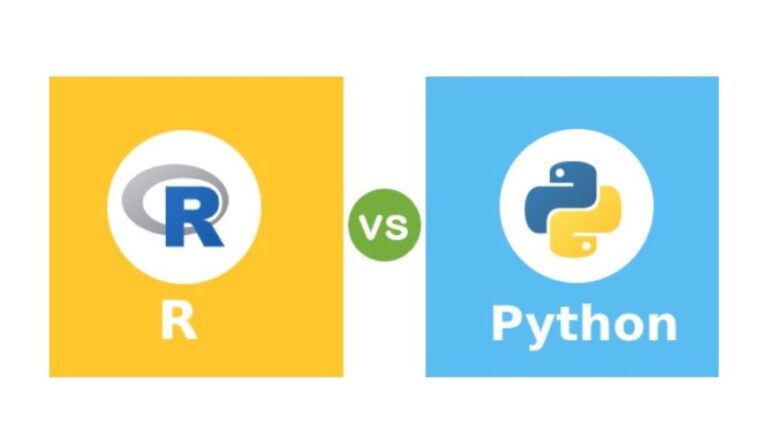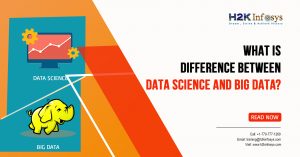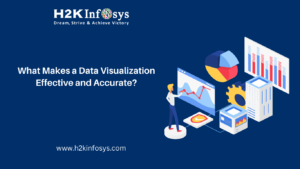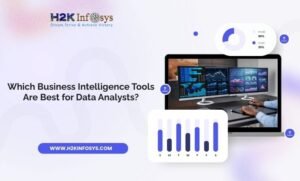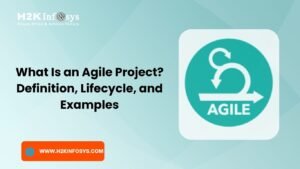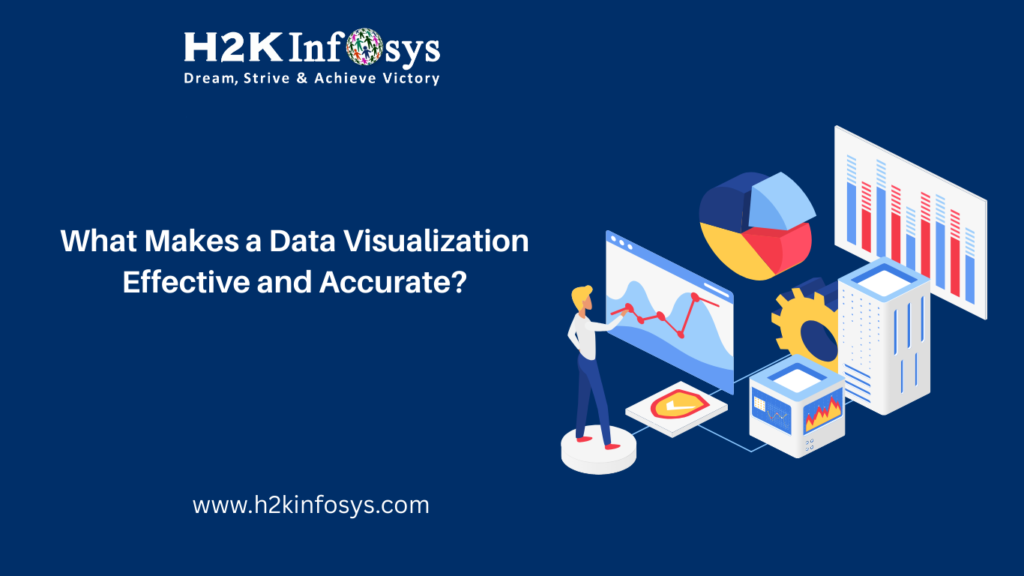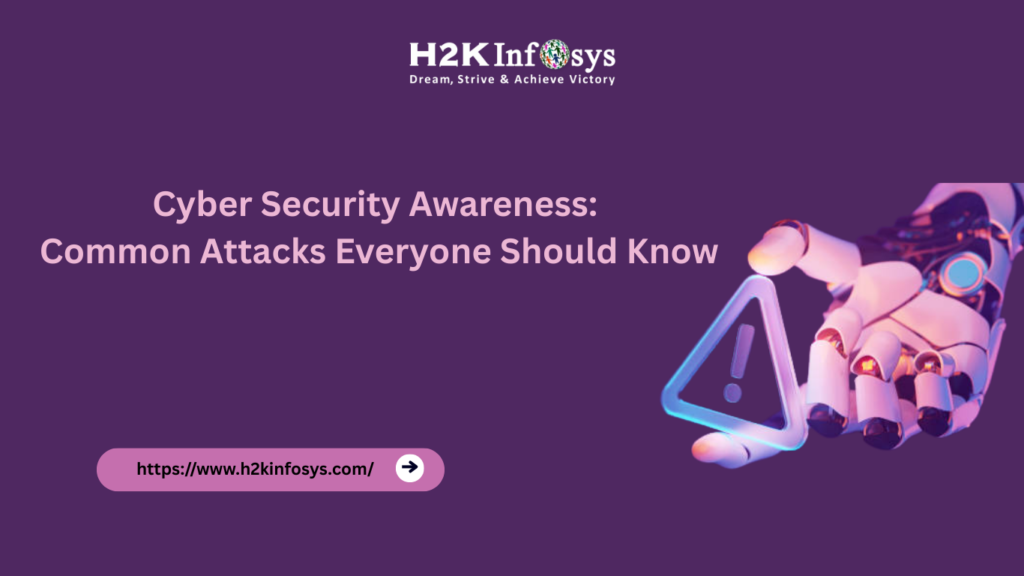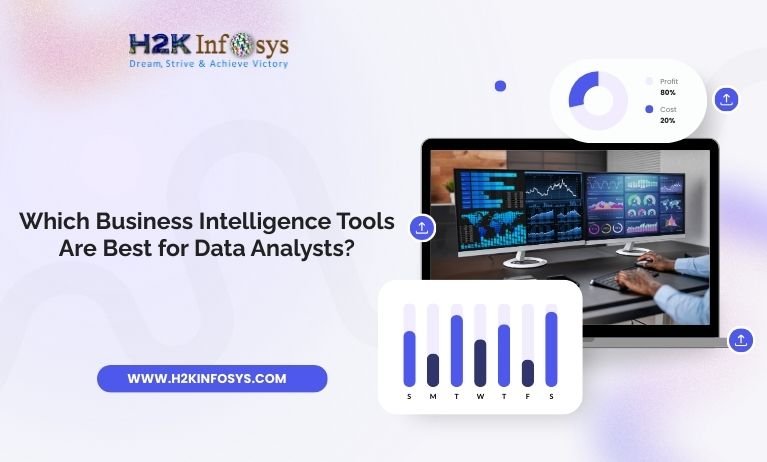Data science programming language selection is crucial in the rapidly advancing field of data science, and it can significantly impact your career trajectory. Python and R are two of the leading contenders in this space, each offering unique strengths. Both languages provide robust features, but how do you decide which one is the better fit for data science?
In this blog, we will take a deep dive into the strengths and weaknesses of Python and R, examine real-world applications, and discuss which language may be the best fit for various types of Data science tasks.
Introduction:
Python and R have been at the forefront of Data science, each offering unique advantages. Python, with its versatility and ease of use, has gained widespread popularity, while R is known for its statistical prowess and visualization capabilities. Before diving into the comparison, let’s take a closer look at both languages:
- Python: A general-purpose language known for its simplicity and flexibility, widely used in various fields such as web development, machine learning, and automation. Moreover, Python’s integration capabilities are second to none. It can easily be used alongside other programming languages, allowing seamless integration with databases, APIs, and web services, making it an ideal choice for building full-stack data science solutions. Python’s robust community and wide range of resources make it a go-to language for professionals at every level, ensuring that support and learning materials are readily available.
- R: A language specifically designed for statistical analysis and data visualization, widely used in academic research and data-driven industries. In industries like pharmaceuticals, healthcare, and market research, R is favored for its ability to handle specialized tasks such as clinical trials analysis, risk assessment, and survey data analysis. Furthermore, its powerful data visualization capabilities make R a preferred choice for creating publication-ready plots and graphs, a feature that appeals to researchers who need to present their findings in a visually compelling manner
Both languages have strong communities, extensive libraries, and frameworks, but their use cases and advantages differ based on specific needs in data science.
Python for Data Science: A Flexible and Scalable Approach
Why Choose Python for Data Science?
Python has become the go-to language for many data scientists due to its simplicity, readability, and extensive library support. Some of the key reasons to choose Python include:
- Versatility: Python’s versatility allows it to be used across various domains beyond data science, making it ideal for machine learning, automation, and web development.
- Extensive Libraries: Python offers a rich ecosystem of libraries such as Pandas, NumPy, Matplotlib, and Scikit-learn that simplify complex data science tasks.
- Community Support: Python boasts one of the largest and most active communities, offering extensive resources, tutorials, and support for both beginners and advanced users.
- Integration with Big Data Tools: Python seamlessly integrates with big data tools like Hadoop and Spark, making it a preferred choice for large-scale data analysis.
Practical Applications of Python in Data Science
Python is often chosen for:
- Data Cleaning and Preprocessing: Using libraries like Pandas and NumPy to manipulate data.
- Machine Learning: With frameworks such as TensorFlow and Scikit-learn, Python simplifies the development of machine learning models.
- Data Visualization: Matplotlib and Seaborn are popular tools for creating impactful visualizations in Python.
For those interested in mastering Python for data science, H2K offers comprehensive Data Science using Python Online Training, designed to equip learners with practical skills through hands-on projects and real-world datasets.
R for Data Science: A Statistician’s Power Tool
Why Choose R for Data Science?
R is the preferred language for statisticians and data analysts who focus on statistical modeling and data visualization. Key advantages of R include:
- Statistical Analysis: R was designed with statistics in mind, making it an excellent choice for statistical computations and data analysis.
- Advanced Visualization: Libraries like ggplot2 and Shiny allow for the creation of sophisticated visualizations, ideal for exploratory data analysis.
- Specialized Packages: R offers numerous specialized packages, such as dplyr for data manipulation and caret for machine learning, tailored for statistical computing.
Practical Applications of R in Data Science
R shines in:
- Statistical Modeling: Ideal for complex statistical analyses and hypothesis testing.
- Data Visualization: ggplot2 is one of the most powerful libraries for creating detailed and beautiful graphs.
- Research and Academia: R is frequently used in research environments where statistical accuracy and visualization are paramount.
While R is an excellent tool for statisticians, it may be more challenging for users without a statistical background compared to Python’s beginner-friendly nature.
Python vs R: Head-to-Head Comparison
| Criteria | Python | R |
|---|---|---|
| Ease of Learning | Beginner-friendly, simple syntax | Steeper learning curve for beginners |
| Libraries and Packages | Extensive libraries for machine learning, AI | Specialized for statistical analysis |
| Community Support | Large, active community | Strong academic and research community |
| Visualization | Good with Matplotlib and Seaborn | Excellent with ggplot2 and Shiny |
| Big Data Compatibility | Works well with Hadoop, Spark, etc. | Less compatible with big data tools |
| Use Cases | General-purpose, versatile across industries | Primarily used for statistics and academia |
Conclusion: Which Language Should You Choose?
The choice between Python and R depends on your specific use case and goals in data science. If you’re looking for versatility, scalability, and integration with big data tools, Python is likely your best option. Its extensive libraries, coupled with its simplicity, make it ideal for machine learning, automation, and general-purpose programming.
On the other hand, if your focus is primarily on statistical analysis and creating high-quality visualizations, R might be a better fit, especially in research or academic settings. Whether you’re working on complex statistical research, clinical trials, or analyzing large datasets in the social sciences, R’s array of tools and community-driven packages makes it an excellent companion for those deeply engaged in quantitative analysis.
Key Takeaways:
- Python is ideal for beginners, machine learning, and projects that require flexibility and scalability.
- R is better suited for statisticians and data analysts working on complex statistical models and visualizations.
- Both languages are powerful in their own right and are often used in tandem, depending on the project requirements.
- Python Online Training with Certification can equip you with the necessary skills to excel in data science, especially in the industry where Python’s versatility is highly valued.
Call to Action:
Ready to dive into the world of data science? Enroll in H2K’s Data Science using Python Online Training today! Our comprehensive course offers hands-on learning, real-world projects, and the opportunity to earn a Python Online Training with Certification, setting you on the path to becoming a successful data scientist. Don’t wait start your journey today and unlock endless career opportunities in the data-driven world!
